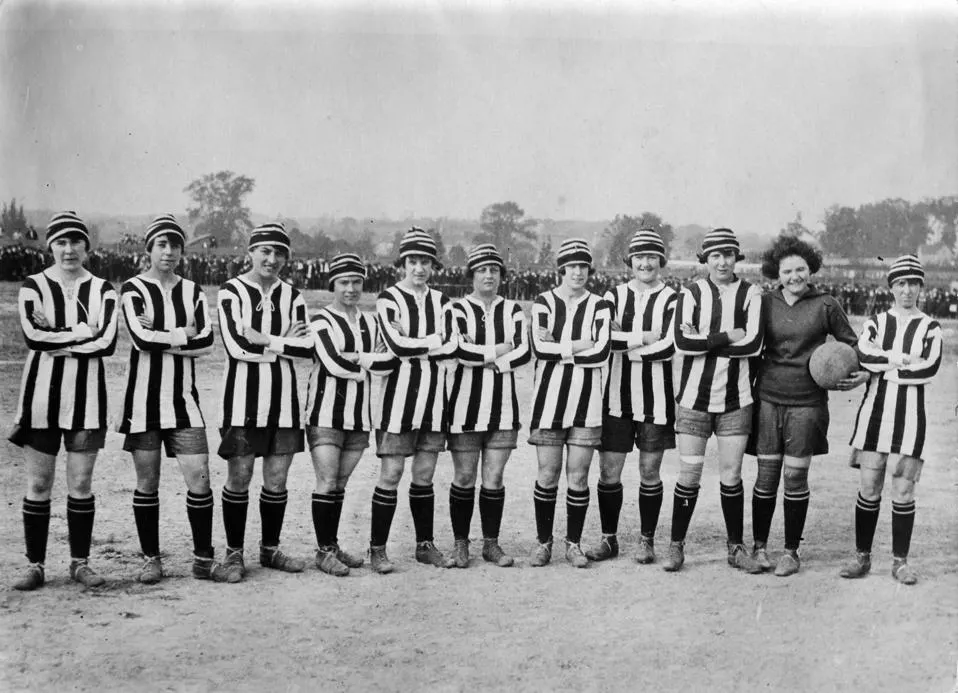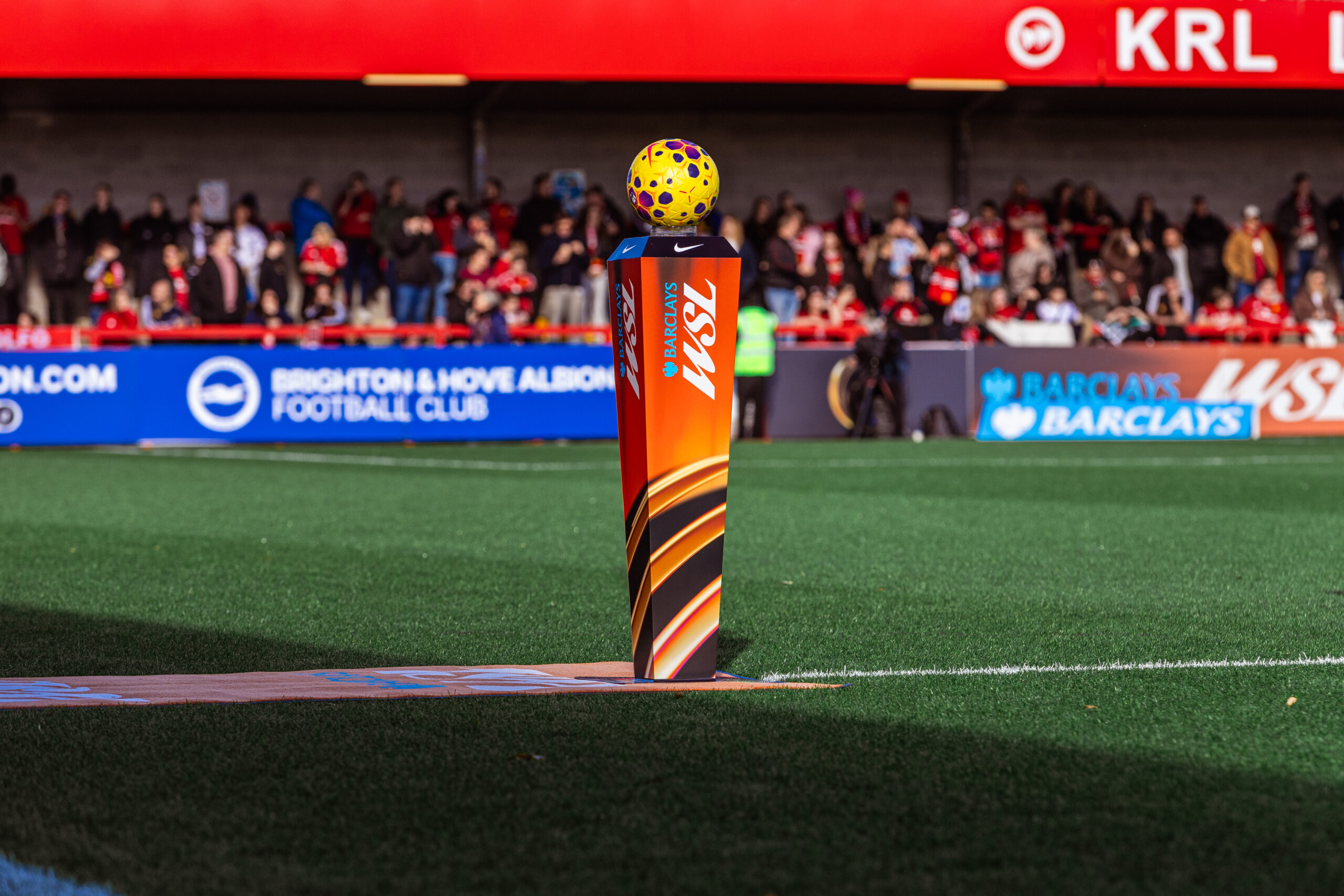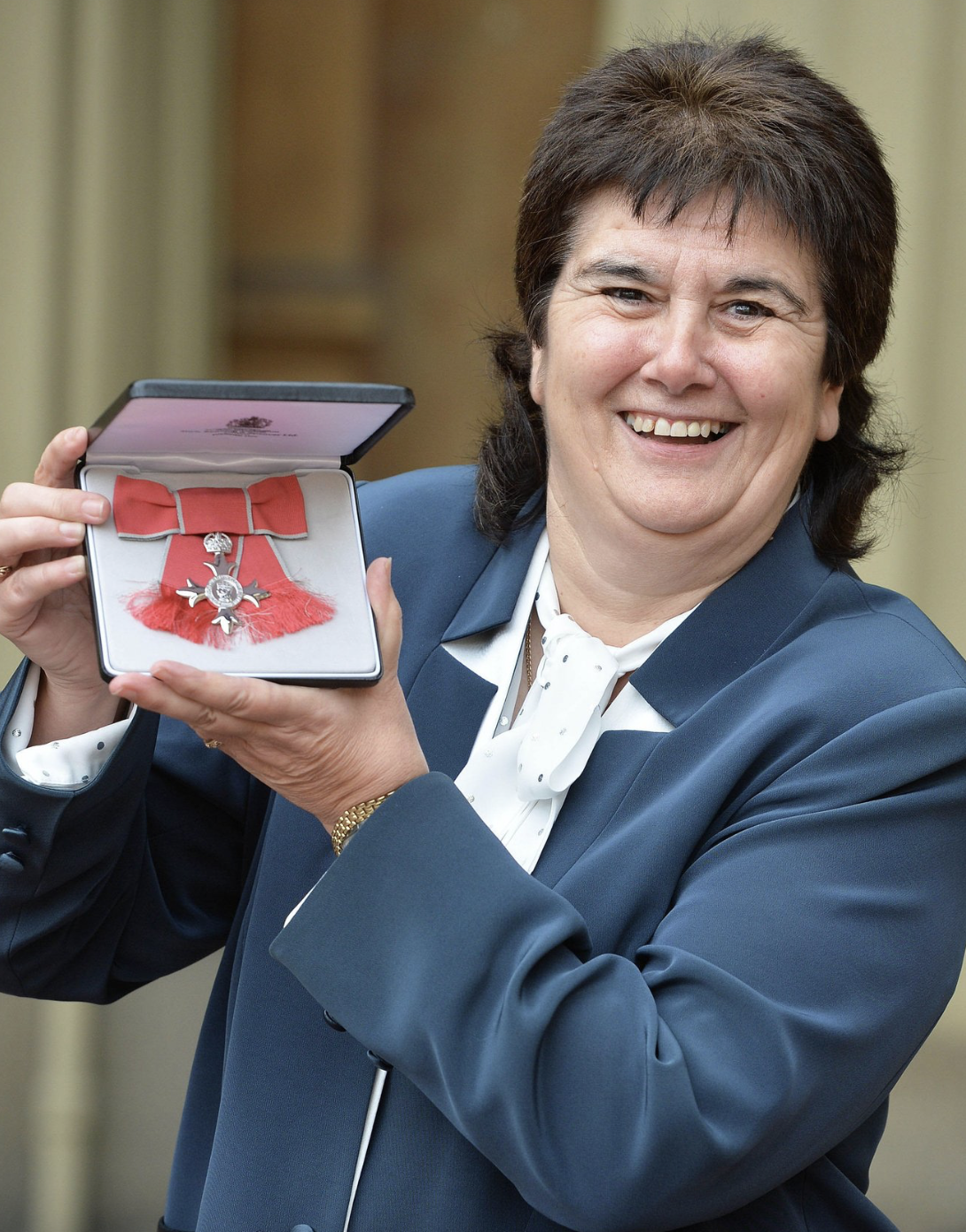For every household name in women’s football today – your Lucy Bronzes, Sam Kerrs, and Vivianne Miedemas – there are dozens of trailblazers who paved the way but were erased from the narrative. Women’s football, unlike the men’s game, has a history defined not just by sporting excellence, but by outright resistance.
Before the bans, before the commercialisation, before the professional contracts, there were women who defied social norms and a system built to suppress them. Their names don’t always make it into the history books, but without them, the game wouldn’t be where it is today.
This is their story.
Nettie Honeyball: The Woman Who Dared to Play
When Nettie Honeyball founded the British Ladies’ Football Club in 1895, she was breaking ground in a way few had dared to before. In an era where women’s sport was seen as improper, if not outright scandalous, Honeyball was determined to prove that women had a place on the football pitch.
The first match of the British Ladies’ Football Club took place on 23 March 1895 at Crouch End in London, drawing a crowd of around 10,000 people. The media, unsurprisingly, ridiculed them. Newspaper reports were filled with sneering remarks about their appearance rather than their skill. The players were reduced to a novelty act, rather than recognised as pioneers.
But Honeyball’s real legacy? She was one of the first to make women’s football a feminist statement. In an interview at the time, she made her mission clear:
“I founded the association with the fixed resolve of proving to the world that women are not the ‘ornamental and useless’ creatures men have pictured. I must confess my convictions on all matters where the sexes are so widely divided are all on the side of emancipation.”
A bold statement for the 1890s. And yet, despite her efforts, the British Ladies’ Football Club faded into obscurity. Today, she is barely mentioned in mainstream football history.
Lily Parr: The First Women’s Football Superstar
While Nettie Honeyball created space for the game, Lily Parr defined what a women’s footballing icon could be. A winger with an extraordinary left foot and an eye for goal, Parr was said to have scored over 900 goals in her career, more than Pelé, Ronaldo, or Messi.
Parr played for Dick, Kerr Ladies, a team formed in 1917 during World War I when women’s football was thriving. At the time, factory teams played in front of tens of thousands of spectators. On Boxing Day 1920, Dick, Kerr Ladies played St Helens Ladies in front of 53,000 people at Goodison Park, with another 10,000 locked outside.
Yet, just as women’s football was reaching its peak, it was cut down. In 1921, the FA banned women from playing on Football League pitches, claiming that football was “quite unsuitable for females.” The ban, which lasted 50 years, was a calculated move to suppress a growing sport that threatened the status quo.
Parr, however, kept playing. Dick, Kerr Ladies continued, taking their talents abroad, playing international fixtures in France, the US, and Canada. She was known for her fearlessness, both in her playing style and in life, she openly had relationships with women in a time when it was dangerous to do so.
Parr was posthumously inducted into the English Football Hall of Fame in 2002, but her name should be just as revered as the greats of the game.
Alice Kell & the Dick, Kerr Ladies: The Team That Defied a Ban
Lily Parr wasn’t alone in fighting back against the FA ban. Alice Kell, captain of Dick, Kerr Ladies, was at the forefront of the team’s rebellion. In the 1920s, women’s teams were still drawing huge crowds, despite growing opposition. The FA’s ban in 1921 was devastating, but the players refused to be erased.
Instead, they took their game international, defying the FA’s restrictions and playing against teams in Europe and North America. In 1922, Dick, Kerr Ladies toured Canada and the USA, beating men’s teams in exhibition matches, a feat barely talked about today.
Kell led the team with quiet resilience. She wasn’t just playing football; she was making a statement. Every match was proof that women’s football deserved a place in the sporting world, even if the governing bodies refused to acknowledge it.
Despite their efforts, the FA’s ban succeeded in pushing women’s football into the shadows. The momentum they had built was lost, and it would take decades before the sport recovered.
Why These Stories Matter
Football’s history books have largely ignored these women. Nettie Honeyball’s name has been reduced to a footnote. Lily Parr, despite her goal-scoring records, is not mentioned alongside football’s greatest players. Alice Kell and her teammates risked their careers to defy a ban that should never have existed, only for their story to fade into obscurity.
These women weren’t just footballers; they were activists, rebels, and pioneers who refused to let the sport exclude them. The modern women’s game owes them everything.
As women’s football continues to grow, stadiums filling, wages increasing, TV deals improving, it’s vital to remember that this progress was not given; it was fought for. And it’s still being fought for today.
So the next time someone dismisses women’s football as “new” or “not as historic as the men’s game,” remind them of the forgotten firsts. Because the real history of women’s football is not one of weakness or inferiority. It’s one of resistance, resilience, and revolution.



